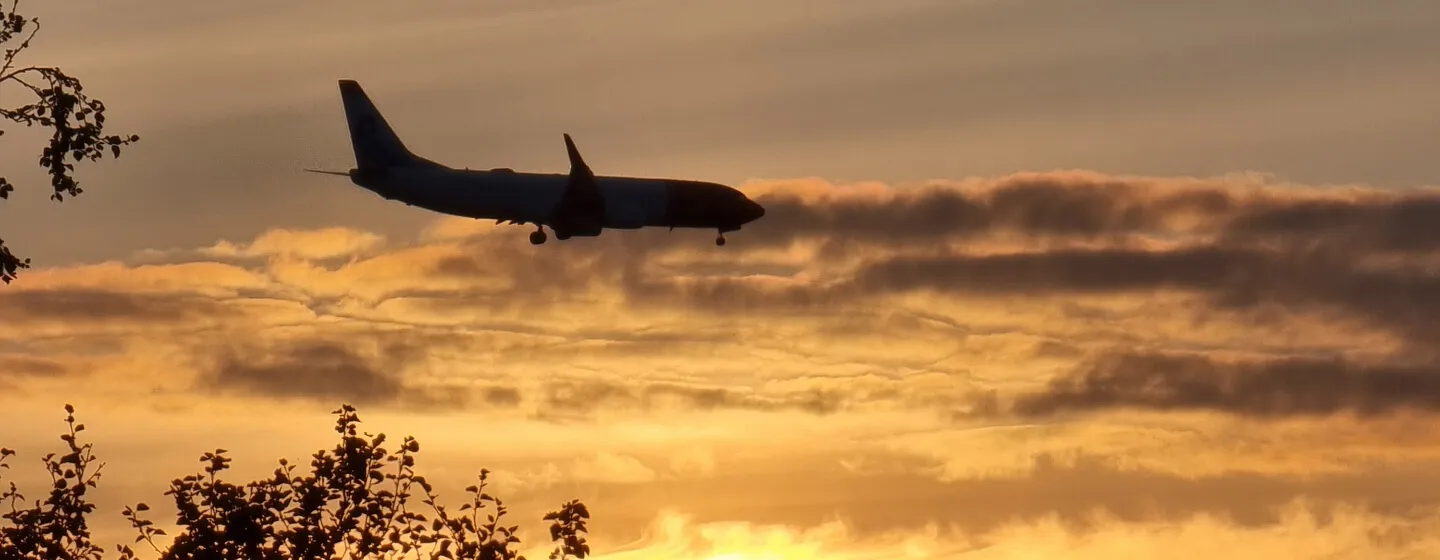Urban experiences meet raw Arctic nature
Check our useful tips and tricks for your visit to Norway
Before packing your bags and setting off on your Norwegian adventure, check out our carefully selected tips and tricks. These practical tips will ensure you have a smoother and better trip.
If you have other questions, remember you are welcome to ask the friendly and experienced team at Visit Tromsø-Region’s Visitor Centre!
1. Drink the water straight from the tap
Norway is renowned for its clean and fresh drinking water. Drinking water straight from the tap is safe and it tastes good too. This means that you can save money and protect the environment by not buying bottled water.
2. Drive on the right, walk on the left
Like most European countries, Norwegians drive on the right-hand side of the road. As a pedestrian, you should walk on the pavement or, if there is no pavement, on the left-hand side of the roadway. This is important for avoiding dangerous situations, especially for people coming from countries where you drive on the other side of the road.
3. Don’t photograph people without their permission
Respecting privacy is important in Norway. This also applies to photography. Always ask permission before taking photos of people or private property. This will help you avoid potential misunderstandings and conflicts.
4. Familiarise yourself with the rules for using drones
The use of drones has become popular for capturing Norway’s beautiful nature from the air. However, strict rules apply when it comes to where and how drones can be used, especially near airports. Make sure you familiarise yourself with these rules before take-off, or you could risk punishment, high fines or even deportation from the country.
5. Take out some Norwegian cash
Although it’s true that virtually all places in Norway accept payment by card, it may be useful to have some cash in Norwegian kroner (NOK). In a few cases, you may find that small cafés, markets or local means of transport don’t have card terminals, or that technical problems prevent payment by card, although this is extremely rare.
6. Learn some Norwegian phrases
While many Norwegians have an excellent command of English, it’s always appreciated when visitors learn some basic phrases in Norwegian. This can open doors and create warmer interactions with local people. “God morgen” (good morning), “takk” (thank you)" and “hvordan går det?” (how are you?) are a simple yet good start.
7. Deposit your empties
Norway has an effective deposit system for recycling bottles and cans. Look for the deposit label and then take your empty drink containers to the deposit machine at the supermarket. As well as being good for the environment, you will also get your deposit back.
8. Shop tax free
Visitors can shop tax-free in many shops. This means that you can get a refund of the value added tax (VAT) on purchases over a certain amount when you leave the country. Remember to ask about how this works at one of the shops.
9. Get to know the seasons
In Norway, we have four different and contrasting seasons, each with its own unique charm. Be prepared that it can be colder than you expect, especially outside the summer season. We recommend packing an extra layer of clothing, regardless of the season. Check how to dress when you visit us.
10. Use a reflector when it’s dark
Autumn and winter in Norway mean long periods of darkness. Use a reflector or high visibility vest when walking outside to ensure you are visible to motorists. This is simple but vital safety advice.
11. Enjoy the Norwegian nature, but always be considerate
Norway is known for its right of public access to wilderness, which allows everyone to roam freely in nature. However, this right of access comes a responsibility to take care of nature and show consideration for wildlife, plants and the local population.
Other important practical information
- Electricity
-
Norway uses the two-pin Europlug (type C & F). If you are travelling from USA, you will probably need a power converter or adapter to be able to use your electrical devices with the 220 volts coming from the power socket. Most countries in Scandinavia use 220 volts.
- Public holidays
-
Norway has numerous public holidays, including Norway’s National Day (17 May), Christmas (24-26 December), Easter and Pentecost. As shops, banks and public offices are generally closed on these days, it’s wise to plan accordingly. As many Norwegians take advantage of public holidays to get away, this can affect opening hours and the availability of various services.
- Supermarkets
-
In Norway, several major supermarket chains, including Rema 1000, Kiwi and Coop, stock groceries and other necessities. They offer a wide range of goods at competitive prices. You will find these supermarkets in towns and larger villages, but it’s also worth visiting local markets for unique, local goods. Alcohol of over 4.7 % is only available at Vinmonopolet (The Wine Monopoly).
- Exchange rate
-
It’s important that all travellers keep an eye on the exchange rate. As the value of the Norwegian krone (NOK) can vary, we recommend checking the exchange rate before exchanging money or making major purchases. Several websites and apps offer up-to-date exchange rates.
- Country code
-
The country code for international calls to Norway is +47. If you use this code before the actual phone number, the call will go through, regardless of whether you are calling from within Norway or from abroad.
- Emergency telephone numbers
-
For police, call 112; for the fire service, call 110; and for an ambulance, call 113. You can call these numbers from any phone free of charge. You can also call 116 117 to reach the local out-of-hours medical service. It’s also a good idea to have the number of your country’s embassy or consulate available during your stay in Norway.
